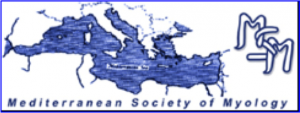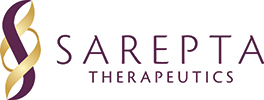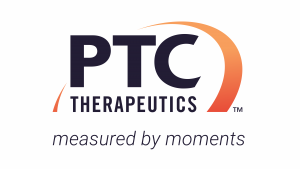This paper illustrates the application of emerging technologies and human-machine interfaces to the neurorehabilitation and motor assistance fields. The contribution focuses on wearable technologies and in particular on robotic exoskeleton as tools for increasing freedom to move and performing Activities of Daily Living (ADLs). This would result in a deep improvement in quality of life, also in terms of improved function of internal organs and general health status. Furthermore, the integration of these robotic systems with advanced bio-signal driven human-machine interface can increase the degree of participation of patient in robotic training allowing to recognize user’s intention and assisting the patient in rehabilitation tasks, thus representing a fundamental aspect to elicit motor learning






